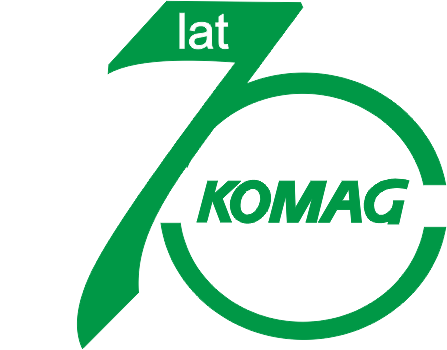Impact of changes in feed parameters on operation of float system for control of collection of jig separation products
Stanisław Cierpisz
Daniel Kowol
The results determining impact of quantitative-and-qualitative feed parameters on operation of float system for control of collection of pulsating jig separation products are given in the monograph.
It has been accepted that jig’s bed separation density, measured by a position of the float, is the main determinant of products collection/separation effect. Measurement of position of the separation layer (though a float position) is encumbered with errors, mainly due to changes in feed parameters. Thus, determination of impact of changes in feed parameters on density distribution of water/coal medium, that is on separation density measurement errors causing variation of quality and quantity of the separation products, was the project objective. To maintain required quantitative-and-qualitative parameters of the separation products, high accuracy of measurements of the layer of set separation density is required. That is why determination of impact of the float geometric features on errors of measurement of the layer equal to the separation density is an additional project objective.
It was found that position of centre of the float of given density in relation to the layer of given density of compact material particles, depends on average density of loosened medium along the float height. Changes in bed density composition causes changes in density of loosened medium during a single pulsation cycle, what results in changes of separation density. The tests have also shown that there are some correlations between amounts of changes of separation density and floats geometric features – the changes are proportional to the floats height and they are smaller in the case of floats with triangular cross-section than for floats with rectangular cross-section.
Development of the simulation model of jig products separation/collection system as the object to be controlled was an important objective of the project. The model was based on stratified distribution of material density, where flow rate of the bottom product (as well as additionally a position of overflow threshold) is the main control signal (input signal) and the main output signals are: flow rate of beneficiated products and ash content in those products. Auxiliary output signals are: position and density of the separation layer at the level of overflow threshold, and disturbances are: feed characteristics (volume, density composition, particles size distribution). Developed simulation model of jig products separation/collection system, as the dynamic model of the object to be controlled enables testing of impact of changes in feed parameters on products separation in the separation/collection zone as well as enables determination of static and dynamical characteristics of that zone as the object to be controlled.
To use that solution in practice, tests of this simulation model on industrial scale had to be carried to get information about real changeability of the feed. Disturbances in quantitative-and-qualitative parameters of the material fed to the jig as well as changes in jig’s bed density distribution were tested. It was found that these changes can be modelled in a form of stochastic processes.
The simulation tests carried out with use of models of feed changeability, created on the basis of results from the industrial tests, showed that changes in float position in the result of its fluctuations caused by changes in feed characteristics (bed in separation/collection zone), cause changes in separation density and these in turn cause changes of quantitative-and-qualitative parameters of the separation products.
Use of radiometric density meter, immersed in a jig bed to the height of overflow threshold, was suggested to compensate negative impact of float position fluctuations on the separation process. A signal from this density meter should correct the set value of the float position to get required density of the separation layer.


